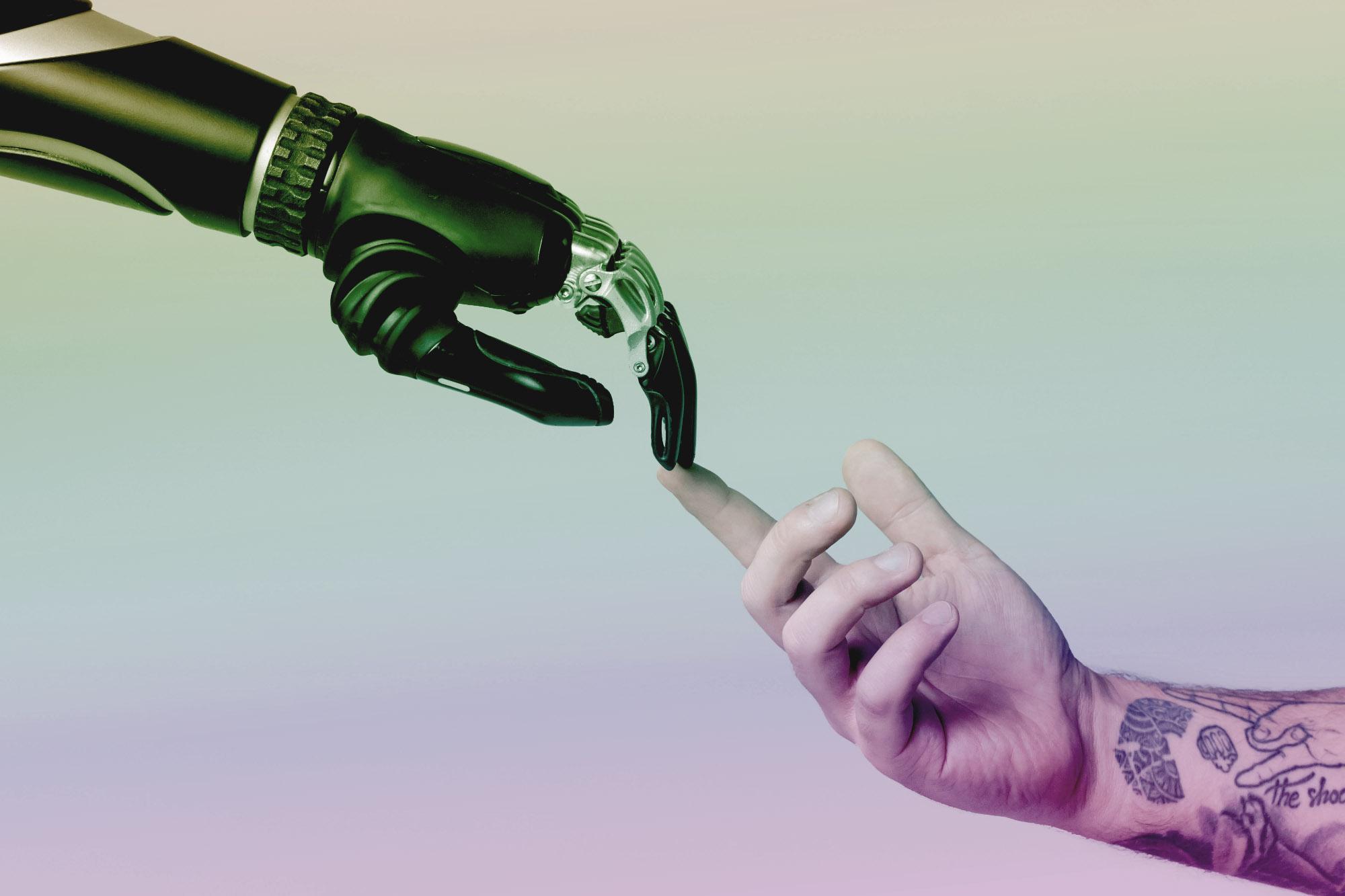In the ever-evolving realm of artificial intelligence, a paradigm shift is underway with the advent of retrieval-augmented generation (RAG), heralding a new frontier in AI-driven content development. This transformative journey aligns with the broader trend where AI continues to revolutionize various industries, projecting an anticipated annual growth rate of 37.3% between 2023 and 2030.
As RAG takes center stage, it becomes a pivotal player in this revolution, showcasing the cutting-edge fusion of retrieval and generative models to reshape the landscape of content creation, offering not only factual accuracy but also a dynamic interplay of creativity and information retrieval. This innovative approach seamlessly marries the strengths of retrieval and generative models, marking a departure from traditional siloed methodologies.
Retrieval models, adept at discerning context and extracting information from extensive datasets, collaborate harmoniously with generative models, celebrated for their creative content generation. This dynamic interplay empowers AI systems to produce content that transcends mere information delivery, achieving a synthesis of factual accuracy and creative ingenuity. As RAG gains prominence, its potential applications span diverse industries, promising to redefine content creation in journalism, education, and beyond.
This blog delves into the transformative capabilities of RAG, exploring its implications for the future of AI-driven content development and the exciting possibilities it presents for innovation and creativity.
Understanding the Basics
At its core, retrieval augmented generation is a paradigm that seamlessly integrates the power of retrieval-based models and generative models. Traditionally, these two approaches have operated in silos, with retrieval models excelling at pulling in relevant information from vast datasets and generative models adept at creating content from scratch.
RAG, however, brings these capabilities together, creating a synergy that opens up exciting possibilities.
The Power of Retrieval Models
Retrieval models have gained prominence for their ability to understand context and retrieve information from large datasets. These models have proven invaluable in tasks like question-answering and document summarization, as they excel at grasping the nuanced relationships within language.
The Creative Force of Generative Models
Conversely, generative models stand as powerful creators of human-like text. Trained extensively on vast datasets, these models exhibit an extraordinary aptitude for producing not only coherent but also contextually pertinent content across an expansive spectrum of domains.
Whether crafting articles or weaving poetry, generative models illuminate their creative prowess, transcending boundaries in a diverse array of creative pursuits. Their ability to synthesize information in an imaginative and contextually relevant manner underscores the transformative impact of generative models, positioning them as dynamic tools in the realm of creative endeavors.
The Marriage of Retrieval and Generation
Retrieval-augmented generation marries these two approaches by incorporating a retrieval component into the generative process. The retrieval model is used to fetch pertinent information from a knowledge base, providing the generative model with a scaffold on which to build. This dynamic interplay between retrieval and generation enables the AI system to produce content that is not only creative but also grounded in accurate and contextually relevant information.
Real-World Applications
The profound implications of retrieval-augmented generation extend into diverse realms, with content development standing out prominently. A compelling application emerges in the crafting of high-quality articles and blog posts. Here, the retrieval component ensures not only the accuracy of information but also the depth of understanding, guaranteeing well-informed content. Simultaneously, the generative element introduces a creative flair, infusing narratives with fluidity and ingenuity.
In the realm of conversational AI, RAG emerges as a transformative force, rewriting the rules of interaction. Drawing upon a vast knowledge base, the system transcends conventional rule-based approaches, enabling responses to user queries that are not only accurate but imbued with a nuanced understanding of context. This not only elevates the overall user experience but also empowers AI systems to partake in conversations that are both meaningful and contextually rich, underscoring RAG’s role as a true game-changer in the field.
Overcoming Limitations
While RAG holds great promise, it is not without its challenges. One significant hurdle is the potential for the generation model to overly rely on the retrieved information, leading to outputs that lack diversity. Striking the right balance between leveraging existing knowledge and introducing novel content remains an ongoing area of research and development.
As AI systems become more ubiquitous in content creation, ensuring fairness, transparency, and accountability in their development is of critical importance.
The Future of AI-Driven Content Development
As RAG continues to mature, its impact on content development is poised to grow exponentially. The ability to seamlessly blend the strengths of retrieval and generation models opens up possibilities for creating content that is not only informative but also engaging and dynamic.
RAG could revolutionize educational material creation by giving students tailored and contextually relevant learning resources. Meanwhile, AI-powered content creation could speed up news reporting processes to keep citizens well-informed.
Final Words
Retrieval-augmented generation marks a significant milestone in the evolution of AI-driven content development. By leveraging both retrieval and generation models, this approach opens up exciting new avenues for creating content that is not only accurate but also imaginative and captivating.
As researchers further expand RAG capabilities, we can anticipate a future where AI plays an increasingly central role in how we consume and interact with information; its exploration promises limitless potential for innovation and discovery.

















